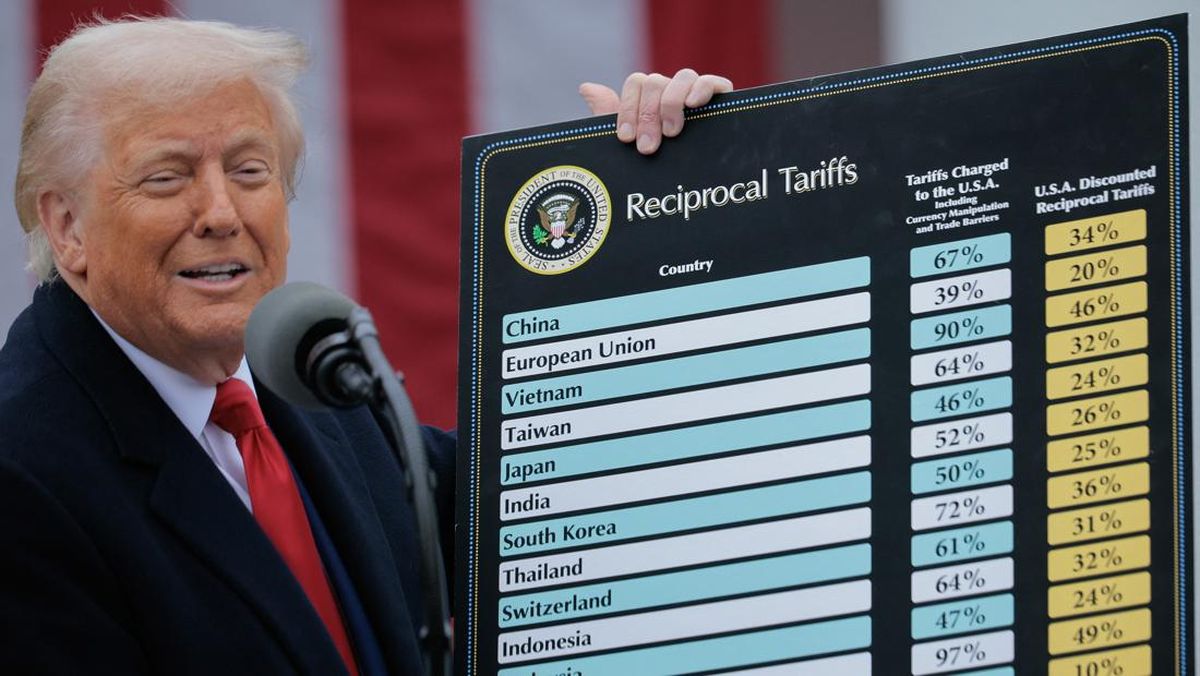The 32% tariff was introduced by President Trump as a retaliatory measure against Indonesia, which has imposed a 30% tariff on US ethanol products. Trump argued that Indonesia's tariffs were significantly higher than those the US applies to similar goods, such as a mere 2.5% tariff on American ethanol. This action is a continuation of Trump's broader approach to ensure fair trade practices, asserting that US businesses have been at a disadvantage for too long due to high tariffs and non-tariff barriers in countries like Indonesia.
Background: Indonesia’s Higher Tariffs on US Goods Spark Dispute
The tension began over Indonesia's decision to impose tariffs on US goods like ethanol, which Trump pointed out were much higher than US tariffs on similar products. Additionally, Indonesia's non-tariff trade barriers, such as complex import licensing and local content requirements (Tingkat Komponen Dalam Negeri or TKDN), have also been a point of contention. Trump highlighted these barriers as making it increasingly difficult for American businesses to compete in the Indonesian market.
Impact of Trump’s Tariff on US-Indonesia Trade Relations
This move is expected to have significant implications for trade between the US and Indonesia. With the imposition of a 32% tariff, Indonesian exports to the US will face increased costs, making it harder for Indonesian businesses to maintain their market share in the US. This tariff is expected to impact various sectors, including agricultural products, textiles, and other goods commonly exported from Indonesia to the US.
For Indonesia, this new tariff means higher costs for their products entering the US market, which could lead to decreased exports and increased competition from other countries. Countries like Thailand, Vietnam, and Cambodia, with their own higher tariffs, are likely to feel the effects of the broader tariff system, as countries may seek to adjust their trade practices in response.
The US Strategy: Tariff Revenue to Fund Domestic Economic Goals
Trump has emphasized that the revenue generated from these new tariffs will not only address trade imbalances but will also be used for domestic economic purposes. Specifically, the funds will be used to reduce taxes for US citizens and help pay down the national debt. The move aligns with Trump’s broader trade policy to reduce the US trade deficit and ensure that foreign countries operate on a level playing field.
ASEAN Countries and Their Position in the New Tariff System
In the new tariff regime, Indonesia ranks sixth in the ASEAN region, with a 32% tariff placed on imports. Countries like Cambodia and Laos face even higher tariffs, with rates of 49% and 48%, respectively. Vietnam follows closely with a 46% tariff, while Thailand is at 36%. Singapore, by contrast, faces the lowest tariff in ASEAN at just 10%, illustrating the varying impacts across the region.
Non-Tariff Barriers: Trump’s Broader Criticism of Indonesia’s Trade Policies
Beyond tariff rates, Trump also criticized Indonesia’s complex non-tariff barriers, including the country’s domestic content regulations and the controversial new policy requiring companies in the natural resources sector to transfer export earnings into domestic accounts. These regulations have made it difficult for US companies to compete in the Indonesian market, adding another layer of strain to trade relations between the two countries.
PHOTO: AFP/CHIP SOMODEVILLA
This article was created with AI assistance.
Read More






 Thursday, 27-11-25
Thursday, 27-11-25







